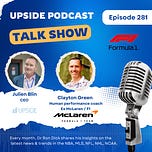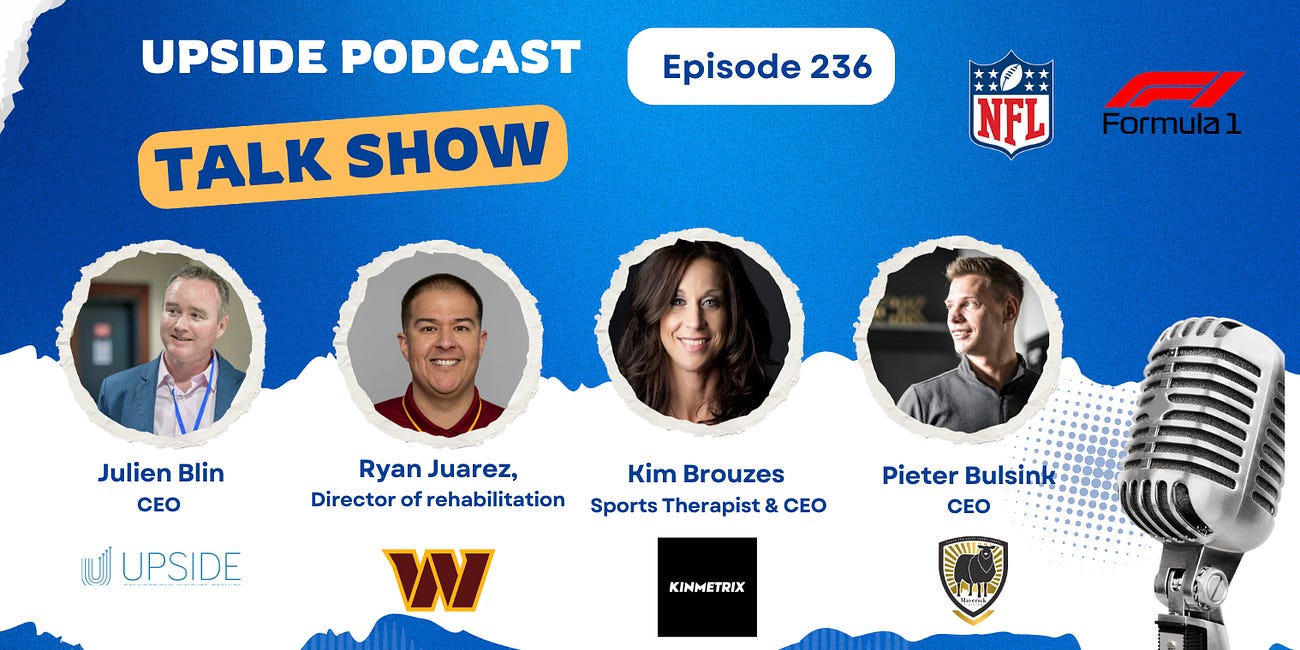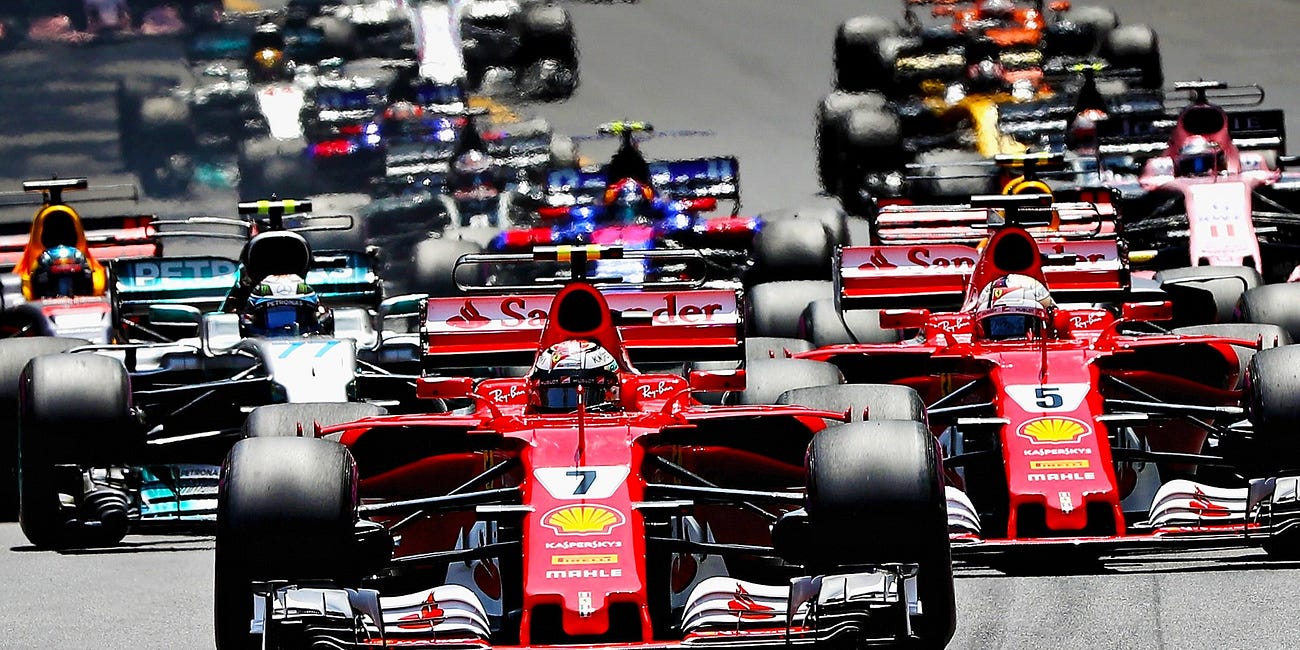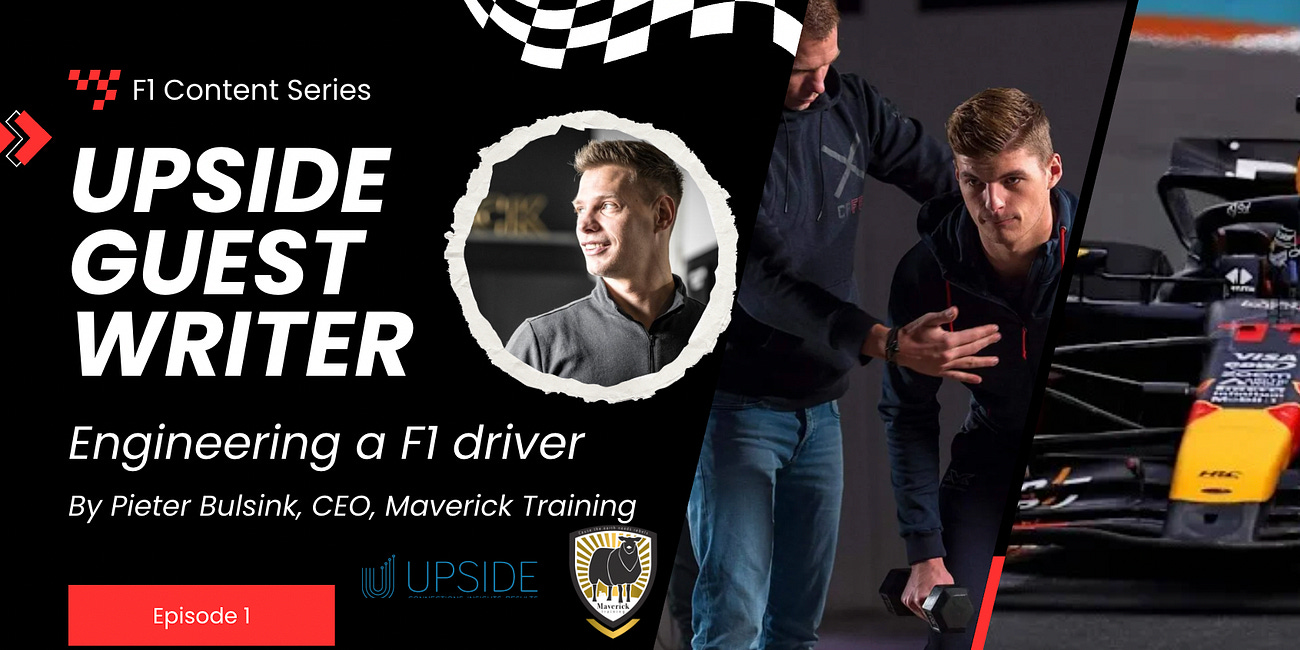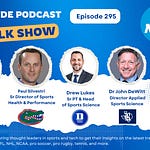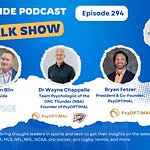Today we have the honor of interviewing Clayton Green an experience human performance coach that worked in F1. He was at McLaren for 12 years with multiple times F1 champion Lewis Hamilton.
Clayton is a health, wellness, and performance specialist who spent over a decade with McLaren’s Formula One team, serving as their Human Performance Manager from about 2008 to 2020. During that time he was responsible for integrating mind, body, technology, and data to develop performance systems for both drivers and support staff—he also served as Lewis Hamilton’s performance coach during the 2010 season. After his tenure at McLaren he founded Ground + Air, where he continues to apply his expertise to optimize performance through lifestyle coaching, physical conditioning, and holistic methods drawing on both Eastern and Western science.
You can watch the video interview below by clicking on the Youtube link. You can also listen to the audio interview by clicking on the link at the top of the page:
📝Show Notes: During this interview, we discussed Clayton Green’s journey into human performance and how it led him to McLaren and working with Lewis Hamilton, what it was like operating inside one of the most iconic F1 teams and supporting a world champion, and the lessons he learned from that experience. We explored his approach to training and recovery for drivers facing unique physical and mental demands, the role of technology in monitoring and optimizing performance, and how the human side of F1 is evolving to keep up with the car’s cutting-edge innovation. Finally, Clayton shared his perspective on what separates the great drivers from the rest — and what makes Lewis Hamilton such a unique and exceptional competitor.
Here are the best quotes from the interview with Clayton:
Q1. Background & Path into F1
“I’m classically trained as a sports scientist, and I really became fascinated with what was possible in terms of transforming the human body just through manipulating load, recovery, and environmental demands. After running my own personal training business for 10 years, I had a friend at McLaren who told me about an opening. Honestly, I had no real interest in motorsport — I thought it was just drivers sitting in a car moving the wheel a bit faster than everyone else. But I went to the interview, really liked McLaren, and from there the role just escalated quickly — first managing the fitness and wellbeing center, then working with pit crew, simulator drivers, and eventually, when Lewis Hamilton’s trainer stepped down, I interviewed and became his performance coach in 2010.”
Q2. Experience at McLaren
“Walking into the McLaren Technology Center for the first time was a truly epic experience — it felt like something out of NASA or James Bond. Everything about the place was designed around precision and performance. The vision statement at the time was simply, ‘We exist to win,’ and that mindset was everywhere. Every decision was based on whether it helped the team win more often or more effectively. Working directly with Lewis was incredible because he was already a world champion, extremely focused, and very set in his habits. That was inspiring but also challenging, because when someone has already proven their methods lead to success, it can be difficult to convince them to change anything, even if you believe it might be for the better.”
Q3. Performance Training Philosophy
“The F1 season is relentless. You get maybe six to eight weeks in pre-season where you can really push the driver in terms of strength and fitness. Once the season starts, though, time in the car essentially becomes the workout. At that point, the real focus is on how well you manage the demands of constant travel, recovery, and hydration so that the driver arrives fresh at every race. Drivers absolutely need to be strong and fit, but there’s also a performance ceiling. Being twice as strong as another driver doesn’t make you faster — it just risks injury or wastes energy on maintenance. The key is getting them to the level where they’re strong enough and fit enough, and then it’s all about offsetting fatigue so they can perform cognitively under pressure. We used to say driving was more of a cognitive task that was influenced by physical fatigue — the brain only works as well as the body supports it.”
Q4. Role of Technology
“The car had hundreds of sensors monitoring everything in real time, but for the driver we were still fairly old school when I started. We would measure body mass before and after races to estimate fluid loss, and someone like Lewis could lose two or three kilos in a single race even while still wearing sweat-soaked overalls. We did push hard to integrate more technology in the simulator because it gave us control over conditions you couldn’t replicate on the track. We experimented with ECG and EEG sensors, EMG to measure muscle fatigue, neck loaders to simulate g-forces, even heating the drivers to mimic hot environments. The big question was always: can we correlate what we see in the body to what happens in lap time or cognitive performance? And ultimately, can we make changes in the driver that deliver a measurable return on investment in terms of performance for the team?”
Q5. The World of F1 Performance
“In Formula One, no stone was left unturned when it came to measuring the car — sometimes to the point of drowning in too much data. But with the driver, it was almost the opposite. They were treated as a constant in the cockpit, expected to always deliver their best without being measured the same way. Going forward, the biggest opportunity is in wearable technology that’s light, unobtrusive, and capable of providing real insight into what a driver is going through in the heat of battle. Motorsport is unique because a driver can’t make the car go faster than physics allows, but they can definitely make it slower if they’re fatigued or dehydrated and start making micro-errors — braking a fraction too late, missing an apex, or hesitating in a reaction. Once those mistakes happen, you can never get that time back. So performance training is really about optimizing the driver so they can remain consistently accurate and sharp under extreme conditions.”
Q6. What Makes Lewis Hamilton Unique
“Lewis’s standout skill was his adaptability. Cars in Formula One are constantly evolving — from one race to the next there are always updates, and it’s never exactly the same car you drove the previous weekend. Lewis had this exceptional ability to instantly feel those changes, understand them, and then communicate clearly with engineers, which isn’t easy since drivers speak in sensations and engineers speak in numbers. Beyond the skill, though, what really set him apart was his absolute focus and dedication. He demanded every ounce of performance not only from himself but also from the team and the car. That level of commitment could sometimes be interpreted as selfishness, but in reality, it raised the standards for everyone around him. He made sure that every single person involved was aligned on the singular goal of extracting the maximum performance and winning.”
You may also like:
🎙️ Upside Chat with Pieter Bulsink, CEO, Maverick Training, a Leading Sports Performance Company in F1 and Other Sports.
Today we have the honor of interviewing Pieter Bulsink, CEO of Maverick Training, a sports performance company focused on elite athletes in F1 and other sports.
🔥Upside NFL/F1 Group Chat with Pieter Bulsink (Maverick Training/F1), Kim Brouzes (Kinmetrix), Ryan Juarez (Commanders/NFL) On Neck Training
This week we have the honor to interview a group of rehab and performance experts across the NFL and F1. We discussed neck training, their approach to neck training, the various modalities, best practices and trends that they are seeing in the market.
🏎️ The F1 tech market
Formula 1 (F1) is one of the most popular sports in the world, with 550M F1 fans tunning in every year to watch F1 races. It is also one of the most tech savvy sports on the planet.
🏎️ Upside F1 Guest Writer Series: Engineering a F1 driver, By Pieter Bulink, CEO, Maverick Training
This week, as part of our content series on F1, our guest writer is Pieter Bulsink, CEO of Maverick Training, a sports performance company focused on elite athletes in F1 and other sports. Pieter has been working with top athletes such as 4 times world champion in F1 Max Verstappen (Red Bull). Pieter has also worked with top women drivers such as Emely …

